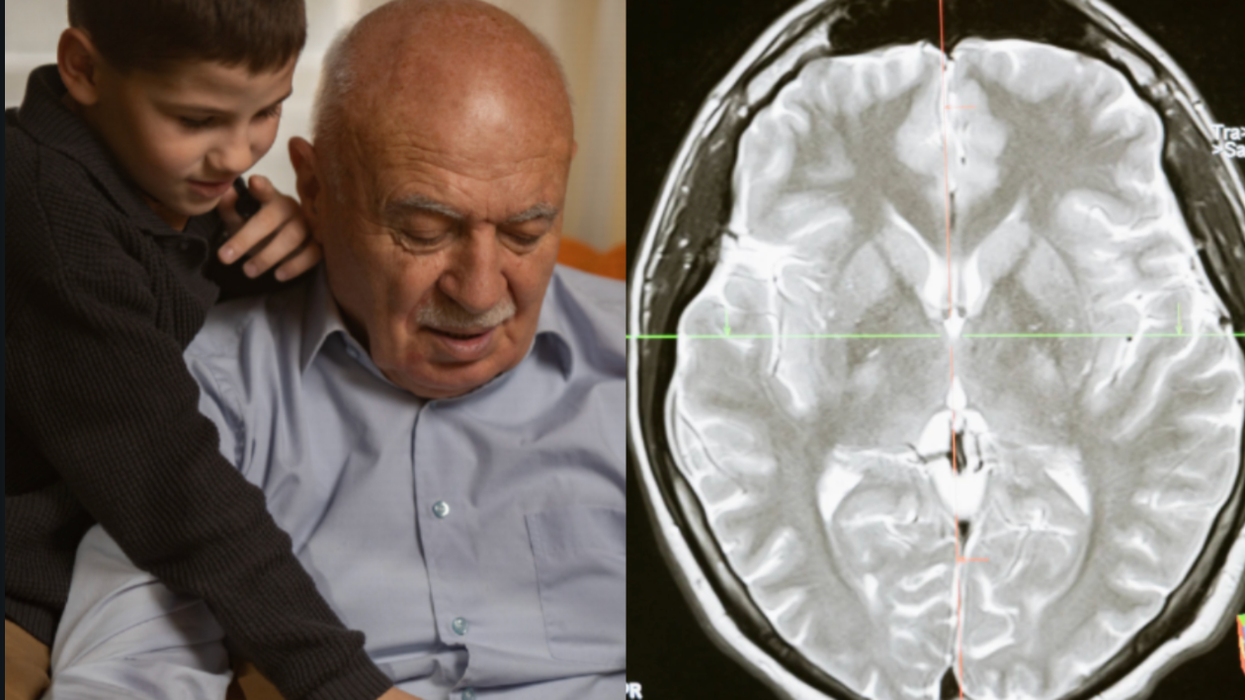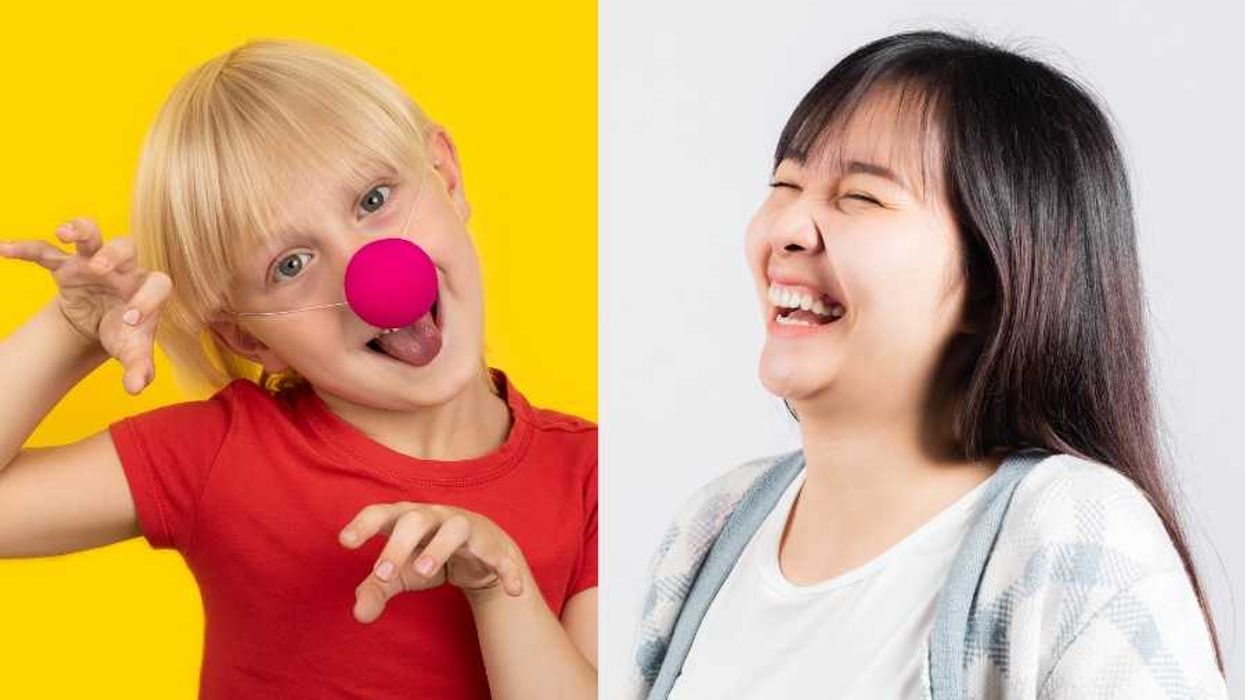Pop-ups are all about grabbing people's attention, floating new ideas, and sparking a community’s creative energies. So what better place than Los Angeles, the home of the pop-up restaurant, to play host to GOOD’s first-ever pop-up fellowship—a weeklong exchange of ideas between prominent local community activists and five brilliant innovators working for social change around the globe?
This past August, we transformed a vacant storefront in downtown Los Angeles into an idea laboratory, focusing on transforming struggling neighborhoods, taking advantage of unused city space, and empowering at-risk children and teenagers so they can escape a depressingly universal cycle of poverty, crime, and violence. The five fellows were Regina Agyare of Accra, Ghana, who runs a social enterprise called Soronko Solutions that teaches STEM skills through an interactive learning platform accessed on laptops and mobile devices; Bruce Good (yes, that’s his real name) of Cape Town, South Africa who built a platform called “Name Your Hood,” which allows the public to name unnamed neighborhoods through an inclusive, interactive, and democratic process; Kurt Shaw, who works with street kids in Recife, Brazil, to produce a digital news station called FavelaNews; María Morfín, whose organization La Jugarreta helps children better the situations of poverty and violence in which they live in the small mountain town of Tepoztlán just south of Mexico City; and Coralie Winn of Christchurch, New Zealand who after the city’s September 2010 earthquake, cocreated the urban regeneration initiative Gap Filler to revitalize the post-quake vacant spaces.
People often think of pioneering nonprofit efforts in faraway countries as charity work that, however laudable, has no application to their communities at home. One of the purposes of our fellowship was to upend that thinking and underscore just how universal many of our problems are, and how productive it can be to share ideas about solutions.
We hope that the following excerpts from the fellows’ conversation (moderated by GOOD Creative Director Casey Caplowe) help you realize the creative ways that neighborhoods are being redesigned all over the world and inspire you to look at your own neighborhood in a new light. So without further ado, meet GOOD’s first class of global neighborhood fellows.
CASEY CAPLOWE: What’s the most difficult thing about doing the work you do?
KURT SHAW: If you’re trying to help kids from the hood become entrepreneurs, the toughest part is getting them to see themselves as leaders. When you grow up marginalized and excluded, you’re always taught to obey. In Brazil, you obey so that you can grow up to be a maid or an assistant to [a] mason, if you’re lucky. Somebody is always ordering you. So, one of the tremendous challenges that we’re always facing is autonomy, how kids can make decisions on their own and be their own person. It’s not easy, and it’s not something you can necessarily teach. It’s perhaps something you can inspire, but instilling autonomy—how you become a democratic citizen who takes responsibility for yourself—is a real challenge.
BRUCE GOOD: Starting anything from scratch is a challenge. There are times when I think, ‘What the hell am I doing? Seriously, like should I not go back to working for a bank?’ You feel like you’re walking uphill sometimes. And it’s very difficult to tell yourself to keep going. I had one day where a friend actually sat me down, almost like an intervention, and he was like, ‘What are you doing?’ I said, ‘Well, I want to raise money to name neighborhoods all over the city.’ He said, ‘Dude, really? It’s time for me as a mate to tell you to wake up.’ And, to an extent, I understand what he was telling me. Sometimes it’s hard to keep going. You’ve got to find the project, do it, raise the money, and then keep it going. Pure stamina, for me, is the hardest part.
CORALIE WINN: Frankly, one of our biggest challenges is just to be taken seriously. Our aim is to make temporary activity and experimentation part of the way that we redesign the city of Christchurch. And so I often feel that I struggle with the media coverage of what we’re doing. It’s a bit patronizing, the kind of official response to what we’re doing. It’s seeing us as kind of, happy, clappy, fun stuff. But the political nature of what we’re doing I don’t feel is necessarily taken that seriously.
REGINA AGYARE: The biggest challenge for me is trying to change mindsets. The first reaction that we get from parents is, ‘Okay so these devices are going to give the kids an electric shock,’ because most of them have never interacted with laptops or tablets. Then the second thing we get is, ‘How expensive are the gadgets?’ As if they are like these treasures in a museum that you can’t touch. But, if you put that fear in the child, they won’t want to explore.
SHAW: That reminds me of this one time when we were teaching younger kids how to make movies in the favela in Recife and there was another group that was also using cameras and they were teaching adolescents. It was a weird encounter. We were in one of these tiny alleys in a terribly poor favela and there were two film crews of poor kids who came upon each other. And it was really interesting, that in the other group, the adults had the cameras in their hands, and they put them very carefully into the hands of the kids. And we were just passing them around. And on one hand, if a camera broke, we had insurance that the other group probably didn’t. But I think, more significantly, we were willing to trust the kids and say, ‘Do something.’ And because of that, the kids shot things with us that we would never have imagined.
AGYARE: Adults sometimes get in the way. We can teach the kids, ‘You can be this; you can be that,’ but then they go home and their parents tell them things like, ‘Don’t aspire for too much,’ or, ‘We are not really expecting much from you.’ So, we have to countersocialize the kids to aspire for more. For example, the kids built an app that told you where the nearest hospital is, that gave you information about malaria and tuberculosis—all in the local language. There’s a lot of maternal mortality in Ghana, mostly because people don’t know the basic things like to sleep in a mosquito-treated net so that you don’t get malaria. So it’s not just to keep them busy that we have the kids building mobile apps. Mobile penetration in Ghana is 100 percent. Africa has seen a mobile technology boom, so we have the chance to ride on that using the mobile phone to change lives. But it’s not easy. In America, when a kid builds an app and goes home, she probably gets a lot of encouragement from her parents. In Ghana, you have a kid build something, go back home, and their parents are like, ‘This is a waste of time.’
B. GOOD: In a sense, we’re all fighting that inertia. That’s where the whole concept of ‘Name Your Hood’ came from—to create a platform that gives people an opportunity to name where they live. So, we worked in areas like a big township called Gugulethu just outside Cape Town, where 500,000 people live. And every street has the prefix ‘NY,’ which stands for Native York and goes back to the late 1950s/early 1960s apartheid government policy. So, one of the biggest outcomes for me comes when we work with local people and actually say to them, ‘Let’s trace the history back to when this township started. What happened here? And we wrote the first history of each one of these neighborhoods, which had only been shared orally up to that point, and which became the basis of the naming. And people actually started taking pride in an area [that] previously they didn’t regard as being important, or having any significance, because it didn’t seem to have any real history.
AGYARE: I actually have an interesting story about how important it is for communities to be able to name things. Our President [John Atta Mills] died last year, and on the one-year anniversary of his death, our mayor tried to rename a hockey stadium after him that had been named after this woman who was doing a remarkable job organizing in her community. And there was uproar, so much so that the mayor had to retract immediately. Normally, if you do something like that it would sort of fly under the radar, but people were like, ‘No! This is the name that we know. You can’t just come; you can’t just sort of enforce or change the name.’
SHAW: I think a really big thing is who has the power to name. In Amazonian Indian tribes that we work with a lot, that’s a really important question. We work in north Recife in a neighborhood called Dedo no Cu, literally ‘Finger Up Your Ass.’ And who has the power to give that sort of a name? It’s a combination of white, rich people who live close to that favela and enemies from opposing favelas [who] call it that. And then why is it that someone would accept that name? Why is it that you accept that you’re from a place called ‘Finger Up My Ass?’ It becomes essentialized, to a certain degree, because you’re in a position where somebody else has the authority to talk about it.
CAPLOWE: So, what then gives you guys the right to call into question the way things are?
B. GOOD: Perhaps all of us get asked the ‘who gives you the right to activate?’ question. Because often, I get people saying, ‘Who on earth do you think you are?’ And I just reply, ‘I’m an active citizen.’
MARÍA MORFÍN: ‘Who do you think you are that you can do this?’ I think it relates to imagining possible worlds. We live in this world, and it is what it is, but why do we think that it must be like this? So, if we can imagine other possible worlds, I think that we have a responsibility to do so. And what we do [in La Jugarreta] with children is cultivate ideas about those possible worlds that only they can imagine. As adults, we’ve learned how difficult it is to get out of this reality, but children can help us to see from another point of view. And I think that the world needs that point of view. For centuries we’ve been trying to create a better world for all, but we need help, and I think kids can be very good partners.
SHAW: Kids dream in different ways, and the encounter with kids, especially from the margins, teaches us how to dream in different ways. One of the things that we think about a lot as we’re working with storytelling is a quote from Gilles Deleuze, a French philosopher. He says that if you are a prisoner in the dream of the other, you’re screwed. And most of us spend most of our time as the prisoners of the dream of the other—whether they’re dreams of cars, what we look like, what we want to be when we grow up, and kids do too. But the dialogue, between you and that little kid...that’s where you look from one perspective, you look from another, and something grows out of it. One other great thing about kids, we’ve found in Brazil: When kids are present in public spaces, adults don’t shoot each other there.
WINN: Sometimes Gap Filler projects are deemed to be childish, as if that were a bad thing. The point is that they’re playful. They’re experiments. They’re community-led urbanism. They’re allowing people to experiment with what they want in their city. And if they are too finished, and too perfect, then people will be discouraged from participating. We’re trying to make anyone feel like they can get involved. We’re pushing the idea that this experimental prototyping process can feed into the rebuilding of where we live. There’s no menu for rebuilding a city after a natural disaster. We’re trying to effect a type of change where people in Christchurch, and beyond, view their public space and their agency differently. And maybe, for some people, that’s a bit of an affront. Like, ‘Let’s get on and just erect a new building—none of this childish crap.’
MORFÍN: But, you are working with a psychological and social need to play. Our societies do not reward playing. Why is there always this fight between work and play? Work!—as if play was a waste of time. And kids are suffering because, in our cities, we have no spaces for playing.
AGYARE: But isn’t the internet changing that for the better? I remember, during one of our projects, the kids and I were Skyping with a friend of mine in London, and they were so shocked. They went behind the computer to see if the person was really there. And then the person was like, ‘I’m in London!’ But the kids can’t really imagine traveling. So, I’m like, ‘Take the laptop outside so they can see London.’ So he does that, and then the kids are going crazy! I mean, that image opened the kids’ minds to the fact that the world really is a global village.
CAPLOWE: That’s a really powerful image. What other surprising effects have your projects had in the communities in which you’re working?
MORFÍN: The amazing thing is that the adults of the community told us things like the children that go to your sessions become more confident. There was a group of children that wanted to do something about pollution and waste. They started to make small boxes with recycled materials, and to drop them at different locations within the community like the school, the store, etc. And then, suddenly they thought, ‘Why don’t we go to the priest, to the church?’ So, they went and asked the priest if they could put a recycling box there. And he said, ‘Yes.’ And they put a recycling box under Saint Francis. And the amazing thing is that people could now imagine the Saint ordering the people to put their waste here. Ideas like that don’t come as easily to adults. In the Mexican towns, it’s a tradition to select the Queen of the Spring, so the girls, or the teenagers that come to the event and want to compete, must sell tickets. And the one who can sell the most tickets is the winner. And the kids said, ‘This year we are going to ask them not to sell tickets, but to collect wasted batteries.’ We have some activities like mapmaking where they walk around the neighborhood, mapping out the things that they don’t like. Like, over in this corner there are always too many robbers, or on that corner there is always a drunk man. And these projects really impact the hearts and minds of adults around them.






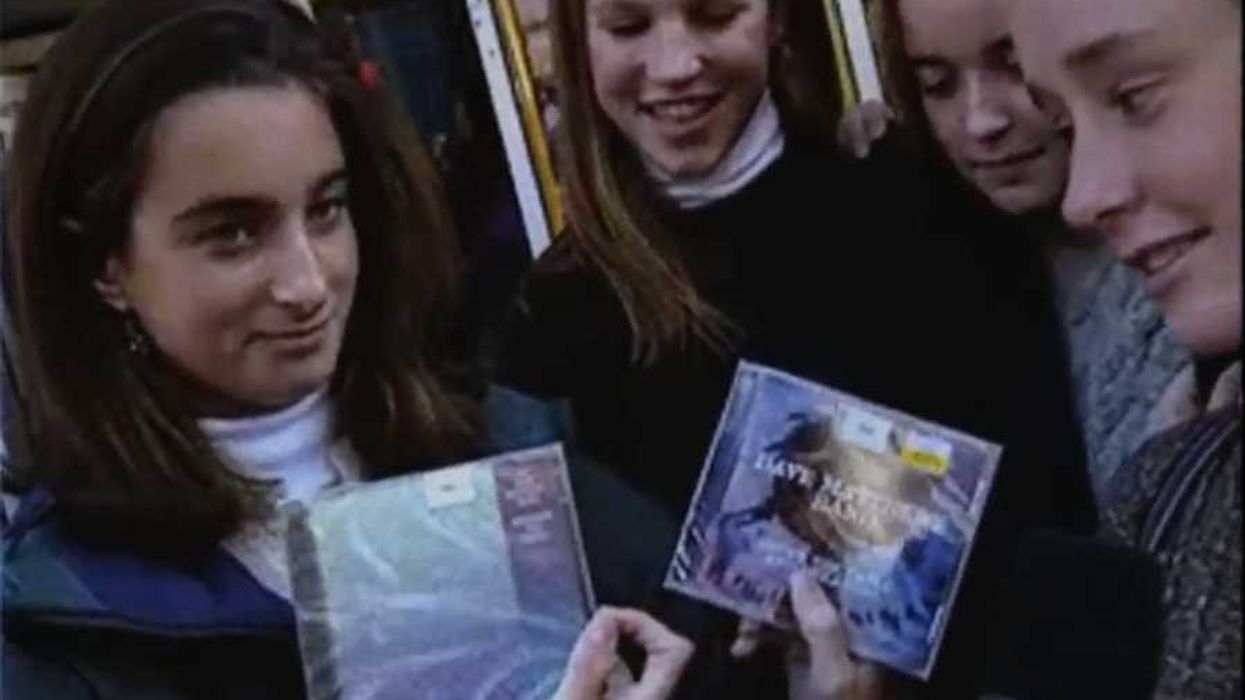
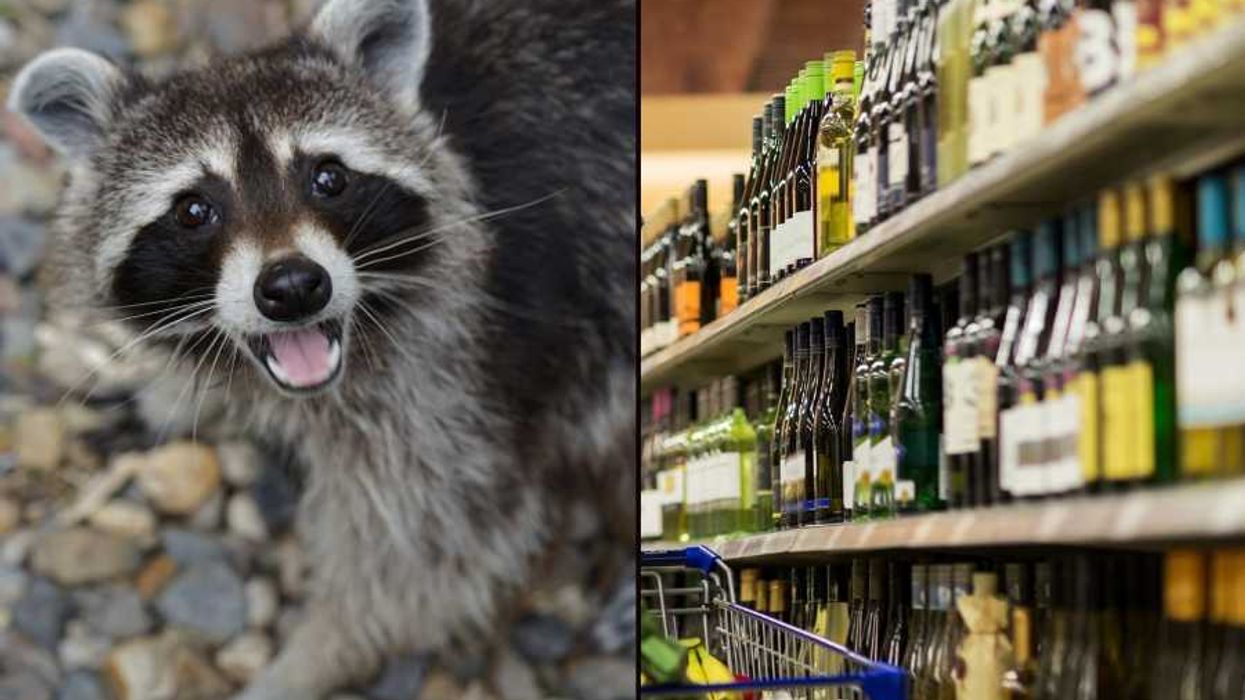




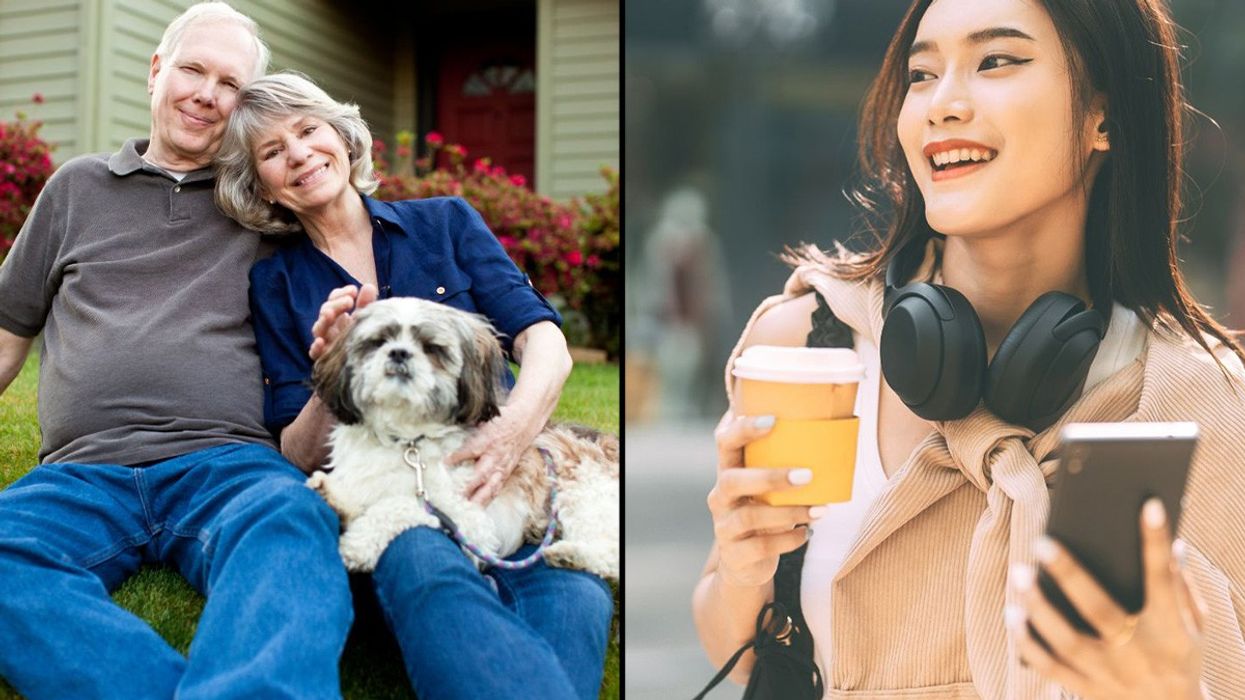
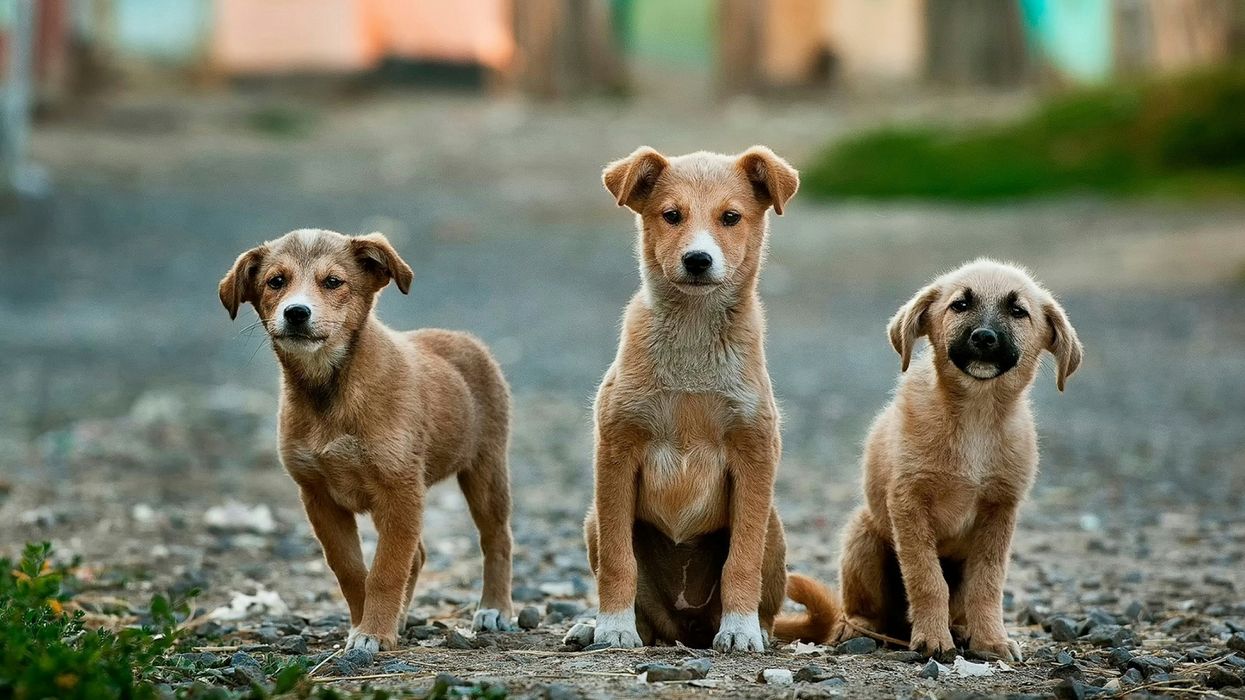
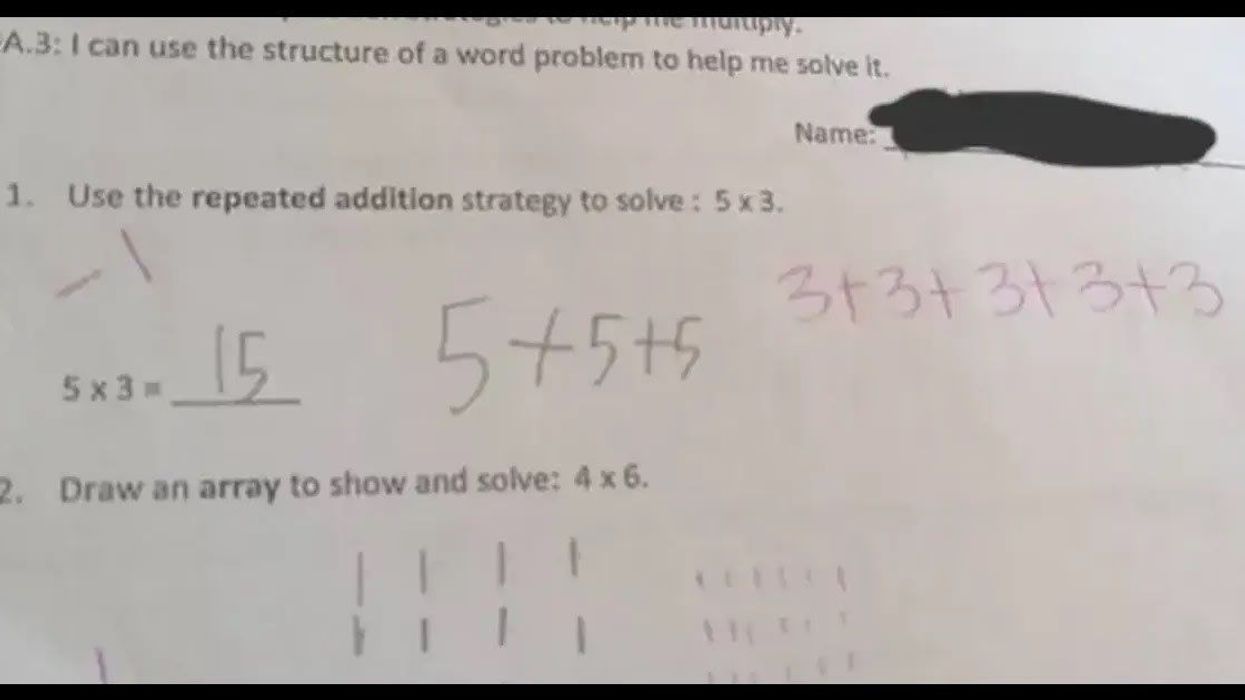


 Ladder leads out of darkness.Photo credit
Ladder leads out of darkness.Photo credit 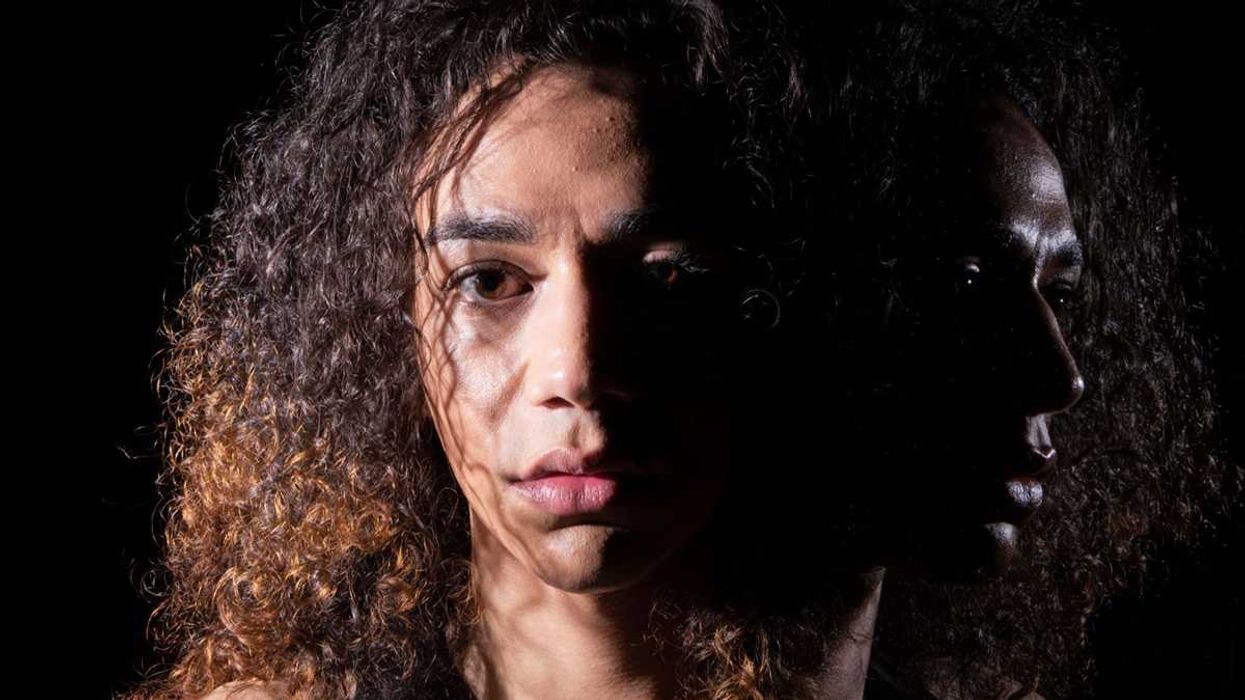 Woman's reflection in shadow.Photo credit
Woman's reflection in shadow.Photo credit  Young woman frazzled.Photo credit
Young woman frazzled.Photo credit 
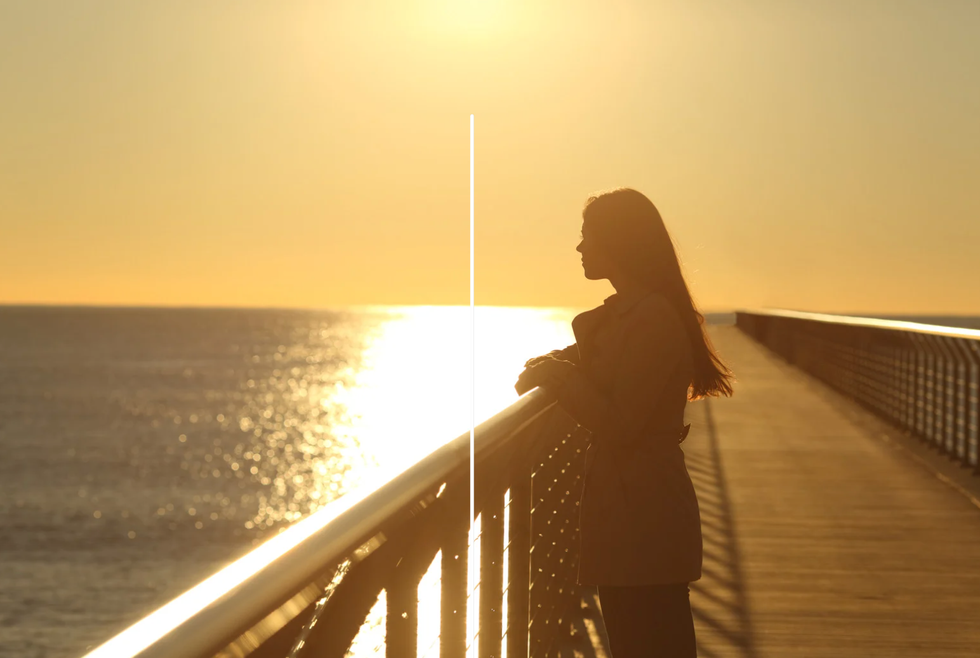 A woman looks out on the waterCanva
A woman looks out on the waterCanva A couple sits in uncomfortable silenceCanva
A couple sits in uncomfortable silenceCanva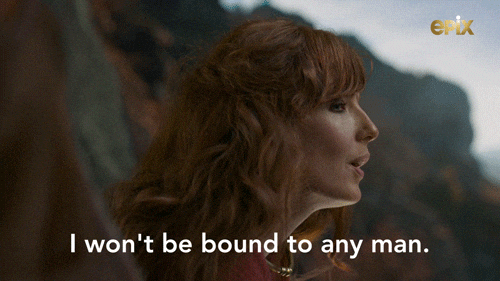 Gif of woman saying "I won't be bound to any man." via
Gif of woman saying "I won't be bound to any man." via  Woman working late at nightCanva
Woman working late at nightCanva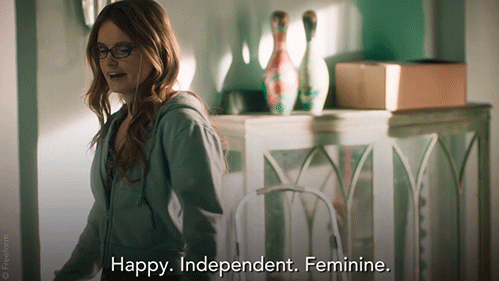 Gif of woman saying "Happy. Independent. Feminine." via
Gif of woman saying "Happy. Independent. Feminine." via 
 Yonaguni Monument, as seen from the south of the formation.
Yonaguni Monument, as seen from the south of the formation. 